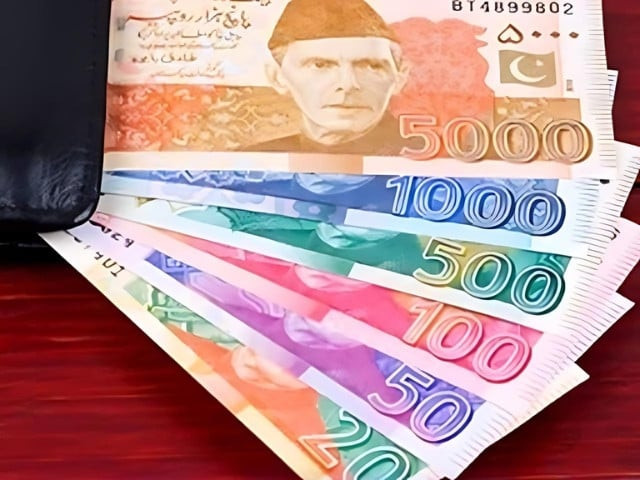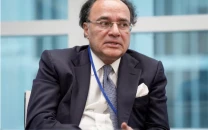Govt to raise Rs8.7tr debt to pay maturing loans
Aims to shift reliance to long-term, low-cost bonds; ease interest burdens

The government aims to raise Rs8.7 trillion in new domestic debt from commercial banks over the next three months, ending January 2025, as part of an ongoing plan to restructure and re-profile local debt. A substantial portion of this amount, Rs6.85 trillion, will be used to repay maturing obligations to financial institutions.
According to government data, Rs5.5 trillion of the new debt will be raised through shorter-term Treasury bills (T-bills) with maturities between three and twelve months. This debt will cover the Rs6.72 trillion due to mature over the same period. Additionally, the government plans to raise another Rs3.2 trillion through longer-term Pakistan Investment Bonds (PIBs) with tenures ranging from two to ten years, while repaying a nominal Rs129 billion in maturing PIBs during this period.
The restructuring strategy focuses on reducing reliance on high-cost, short-term debt by shifting to lower-cost, long-term bonds, which provides the government with greater financial stability and reduces the frequency of debt auctions. This also allows the government to focus on key economic reforms, such as improving tax revenue collection, to lessen its dependence on accumulating debt, including foreign loans.
The re-profiling exercise includes the buyback of costly T-bills, which is intended to ease the heavy interest burden on the country's overall debt.
State Bank of Pakistan (SBP) Governor Jameel Ahmad recently stated that the government's debt management efforts are focused on repaying maturing commercial debt through new debt security auctions, countering concerns that local debt is rising unchecked.
Ahmad reported last week that the government's reliance on short-term T-bills has fallen to 21% of the debt mix, down from 24% in the recent past, and is expected to drop further to below 20% by the end of FY25.
The central bank's latest monetary policy statement noted that net budgetary borrowing from the banking system has significantly decreased, while private sector borrowing has grown. Following the SBP's record-high Rs2.7 trillion profit transfer to the government in FY24, government borrowing from banks has decreased, and it has also initiated buy-back operations on outstanding debt securities.
There has also been a notable reduction in the SBP's liquidity injections into the banking system, which had previously allowed banks to lend heavily to the government. This shift is reflected in the decline in the stock of outstanding Open Market Operations (OMOs).
Experts suggest that the government's reliance on costly domestic debt is easing as foreign debt inflows have increased following the International Monetary Fund's (IMF) recent $7 billion loan programme awarded in September.
AHL Economist Sana Tawfik noted that increased foreign funding has allowed the government to initiate the domestic debt re-profiling effort. This shift became feasible after the SBP transferred Rs2.7 trillion to the government from its record Rs4 trillion profit in FY24, allowing the government to pay off some of its outstanding debt ahead of schedule.
This strategy has also helped commercial banks reduce their own debt from the SBP by a substantial Rs2.7 trillion over the past two months, bringing total bank debt to Rs9.3 trillion. Bank borrowing from the SBP had previously peaked at around Rs12 trillion, as banks needed funds to meet the government's financing requirements. Under current rules, the government is prohibited from borrowing directly from the central bank, according to Topline Research.
Tawfik highlighted that this buyback exercise is unprecedented, marking the first time the government has regularly repurchased short-term debt to lower interest payments during the fiscal year. The re-profiling aims to become a regular practice to sustainably reduce debt servicing costs.
Commercial banks are now selling T-bills early and reinvesting in PIBs, which should provide more stable long-term returns compared to the short-term gains associated with T-bills.



















COMMENTS
Comments are moderated and generally will be posted if they are on-topic and not abusive.
For more information, please see our Comments FAQ